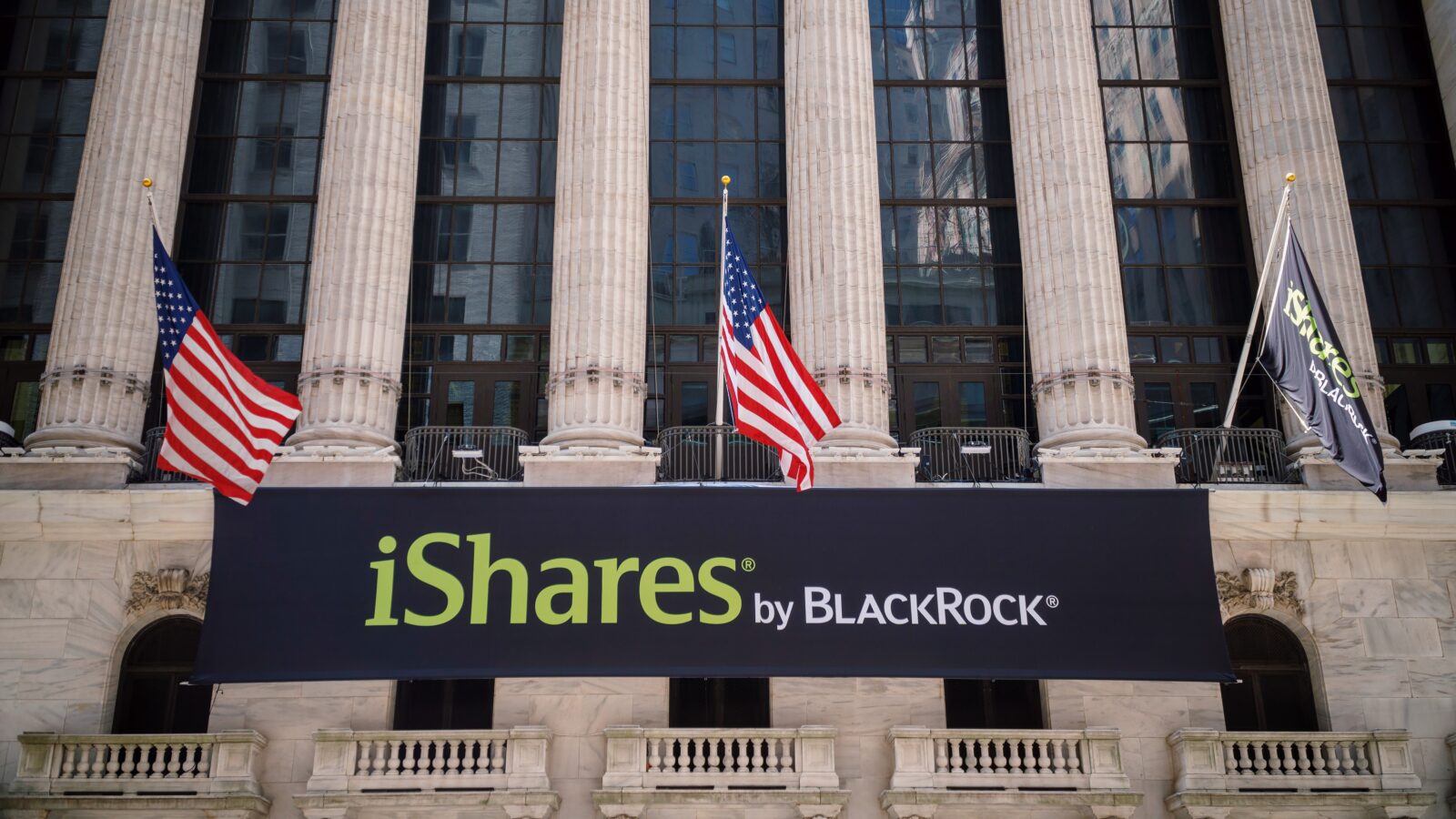Getting Down and Dirty on Clean Energy’s Performance Tear
ETFs that focus on clean energy investments in the US and globally have been outperforming the wider market this year, and by no small margin.

Sign up for exclusive news and analysis of the rapidly evolving ETF landscape.
Other investors might be green with envy.
This year, clean energy investments have been absolutely smashing it, technically speaking. Even with headwinds such as turbine projects being halted and tax credits for renewable energy fast-tracked for expiration, returns in the sector have outpaced the wider market, running laps around the S&P 500. That has caused a crunch to get projects done sooner, ramping up demand for materials and parts like solar panels. So far this year, the S&P Global Clean Energy Transition Index is up 50%, compared with about 17% for the S&P 500.
“Despite the rhetoric we’ve seen in the US, private companies are going to still continue with the transition,” said Peter Krull, director of sustainable investing at Earth Equity Advisors. “It’s just cheaper to install clean energy than it is to build a new fossil fuel plant.”
Sunny Days
Globally, new investments in renewable energy have continued at a record pace, reaching nearly $400 billion during the first half of 2025, according to data from BloombergNEF. Over half of that has come from solar, which has boomed as the prices of panels have dropped and made projects more attractive. That trend has persisted in the US as well, where spending on wind and solar was about $35 billion in the first half of the year, down 18% year over year, a recent Deloitte report found. While policy changes could slow demand, a major factor countering that is energy use by new AI data centers, the group noted. This year, renewables have accounted for 93% of the growth in US energy capacity. Last week, the country’s biggest panel manufacturer, First Solar, boosted the lower end of its 2025 sales forecast following record sales volume during the third quarter. Its stock is up 42% year to date, and that of another firm, Bloom Energy, is up 460%.
Still, the major player in clean energy is China, which accounted for 40% of spending globally, compared with 42% among developed economies and 18% in emerging markets, Bloomberg’s recent Climatescope report found. Emerging markets represent the most opportunities for investment, and many have committed to fighting climate change, said Sofia Maia, head of country transition research at BloombergNEF. Investments in emerging markets, excluding mainland China, went from $49 billion in 2015 to $140 billion last year, although “the progress is still very concentrated in just a handful of markets,” Maia said, citing differences in policies by country.
Here’s how the biggest US ETFs have performed:
- The $2 billion iShares Global Clean Energy ETF (ICLN) is up over 50% year to date.
- The $623 million Invesco WilderHill Clean Energy ETF (PBW) is up 59%.
History Repeated? It seems counterintuitive that clean energy was an outperformer during the first Trump administration but a laggard during Biden’s term, Krull noted. “Now, of course, we’re seeing it happen again,” he said. “From that perspective, there’s not a whole lot of logic to it.” Whether that will actually affect flows in clean energy funds is another matter.
“People are scared of the volatility. They’re scared of the political uncertainty,” he said. “They may not be looking at it from a long-term trend perspective.”











